#exercises
Explore tagged Tumblr posts
Text
Stand With Barbells Functional for The Sims 2

As requested I created a functional workout station for your sims (teen to elder) to exercise.
I used Lil Diva Weight Lifting Animations (you need to download the animations from her page) and the Barbell and Dumbbells from that post too but I edited them in order to be used with this object so if you want to use it but you have the old meshes in your download folder, you need to delete them and use these ones instead.
The stand is based on an accessories posebox; when the accessory spawn you need to wait a little for it to appear. Then sims will perform the actions and gain fun, body skill points, fitness enthusiasm and lose weight.
The original object is a 4to2 conversion from Severinka, low poly. Found in Hobby-Exercise
DOWNLOAD HERE
------------------------------------
If you want to support my creations, you can send me a donation with Paypal or Ko-fi ☕ If you want to ask for a Paid Commission, HERE you can find more details. Thank you ❤️
#ts2#the sims 2#sims 2 cc#sims 2 download#the sims 2 cc#ts2 download#4to2#4to2 conversion#buy mode#barbell#gym#exercises#dumbbells#weights#workout#fitness
802 notes
·
View notes
Text
We ask your questions so you don’t have to! Submit your questions to have them posted anonymously as polls.
#polls#incognito polls#anonymous#tumblr polls#tumblr users#questions#polls about sleep#submitted june 14#polls about the body#stretching#exercises#stretches#excercise#bedtime routine
311 notes
·
View notes
Text
Couple Exercise Barre
Couple Exercise Barre

A wall barre that can be used by a pair of accomplished dancers to practice their more complex moves together.
Sims can either be directed to "Perform Exercises" or a Sim already using the barre can ask another Sim to join them.
The joining Sim will wait for a pause and then perform the next set of moves in sync.
173 notes
·
View notes
Text
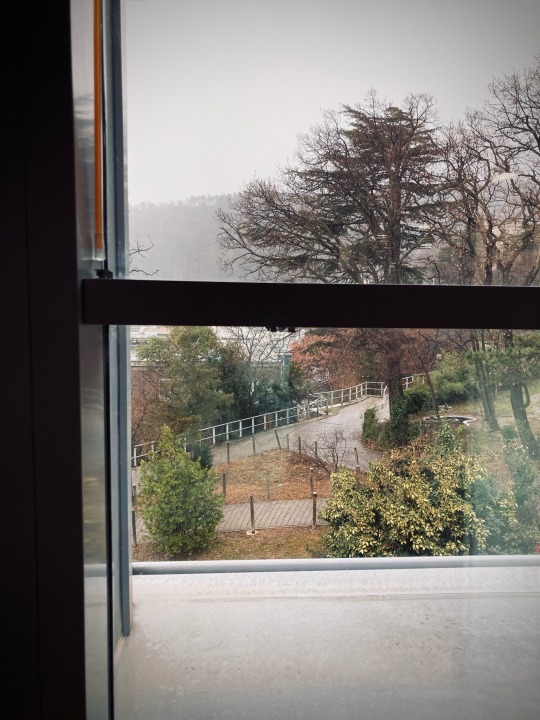
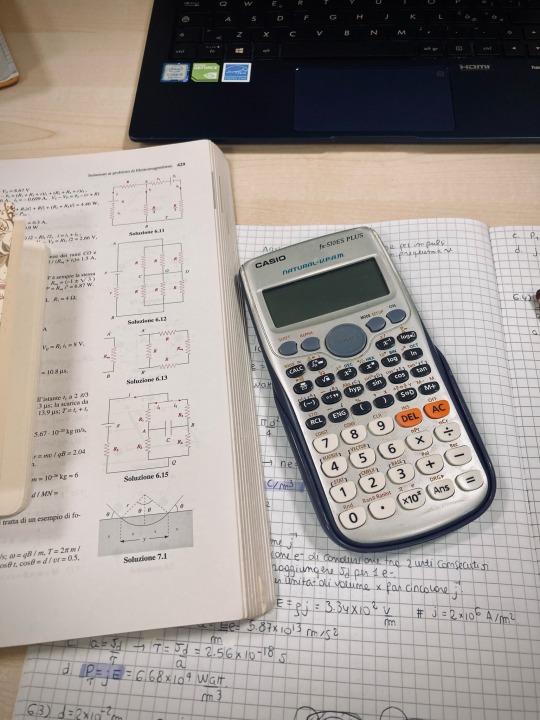
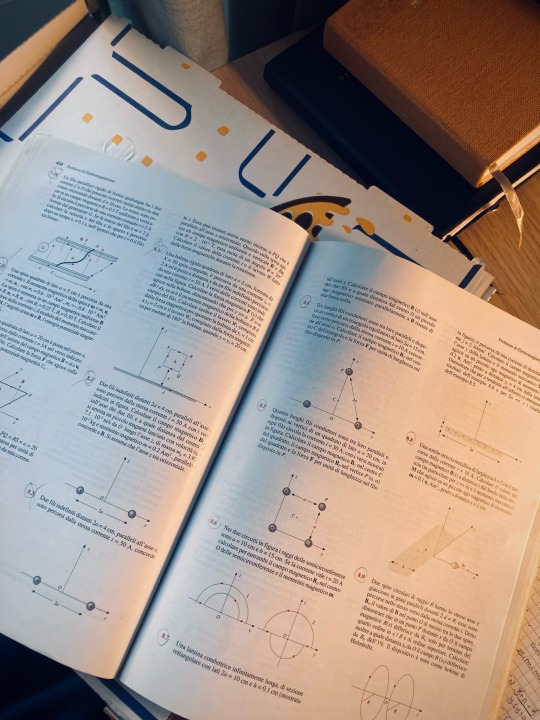

Day 9/40 of productivity
These few days have been characterised by exercises all the way!
Among these, those that I spent in the library have been the best days so far. I don’t like weekends much because campus is closed and it feels boring to stay at home.
Highlights:
I’ve met some people during study breaks
I tried out the university canteen
I’m really motivated to achieve my goals💪🏽
ps. at one point, I couldn’t find the pizza box anymore; it had ended up under my books… 🤦🏽♀️
#studyblr#physics student#university#physics studyblr#physics#study life#study stuff#study space#academia aesthetic#study motivation#exercises#exam season#exam study#physics notes#university life
302 notes
·
View notes
Text
To alleviate upper trapezius (upper trap) tightness, a multifaceted approach involving posture adjustment, increased shoulder and mid-back mobility, and rotator cuff strengthening is effective. This protocol targets the root causes of tightness rather than just the symptoms:
��� Posture Adjustment While Using Devices: 'Doomscrolling' or prolonged use of devices often leads to a forward head and rounded shoulders posture, straining the upper traps. Regularly adjusting your posture to align your ears over your shoulders, and keeping devices at eye level can significantly reduce this strain.
🔵 Increasing Shoulder and Mid-Back Mobility: Limited mobility in the shoulders and mid-back can place additional stress on the upper traps. Incorporating mobility exercises like the supine dowel flexion stretch, and kneeling mid back rotation will help improve your mobility.
🔵 Strengthening the Rotator Cuff: A strong rotator cuff provides better shoulder stability, which in turn decreases the compensatory tension often seen in the upper traps. Exercises like external rotations with a Db are very effective at strengthening those small stabilizers.
By addressing posture during screen use, enhancing shoulder and mid-back mobility, and strengthening the rotator cuff, this protocol aims not just at temporary relief but at a long-term solution for upper trap tightness. This comprehensive approach ensures a balanced development and reduced strain on the upper traps, leading to improved comfort and reduced risk of chronic tightness.
{source}
353 notes
·
View notes
Text
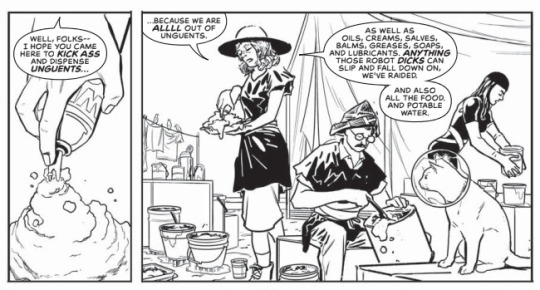
From @stevelieber over on Bluesky:
This whole goop scene was a throwback to one of the toughest exercises I ever did as a student. Using only line art, draw reddi whip, yogurt, mashed potatoes, shaving cream, bath bubbles, a snow pile, lard, ice cream, etc so that a reader can tell what each one of them is. Brutal but instructive.
#steve lieber#studio members#drawing challenge#making comics#inks#process#exercises#helioscope members
27 notes
·
View notes
Text

01-09-25 | MisterLemonzMen.tumblr.com/archive
20 notes
·
View notes
Text

Rotator cuff routine by dr.dan_dpt
14 notes
·
View notes
Text

#redlettermedia#youtube#red letter media#rich evans#jay bauman#gorilla interrupted#half in the bag#mike stoklasa#best of the worst#jack packard#linnea quigley#zombie#zombies#work out#workout#working out#exercise#exercises#horror
225 notes
·
View notes
Text
youtube
Sciatica In Seniors: How to Get Relief (& Mistakes to Avoid)
[Hope this helps!]
9 notes
·
View notes
Text
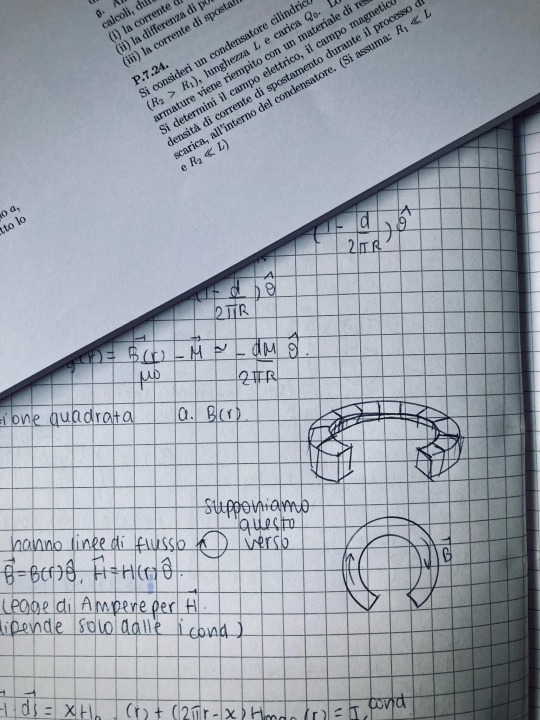
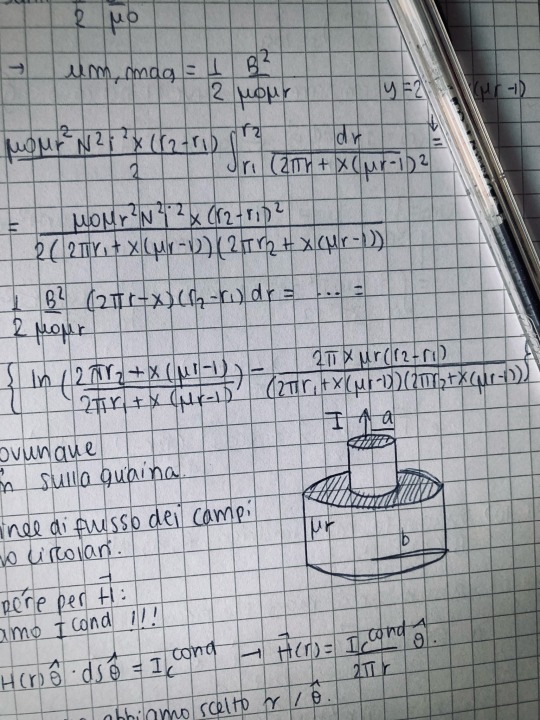
Day 11/40 of productivity
🗓️ TODAY EXAM DAY
I've sorted out my study plan for the upcoming days:
Prepare for the oral exam in electromagnetism
Conduct the laboratory experiment on charge to mass ratio with the Braun tube
Write 2 lab reports 🫠
Study for the lab and statistical analysis exam
#studyblr#physics student#university#physics studyblr#physics#study life#study stuff#study space#academia aesthetic#study motivation#exam day#exam study#exam season#physics exam#electromagnetism#study notes#exercises
83 notes
·
View notes
Text
If you experience headaches and neck pain, then I’m sure you’ve tried many stretches and releases at the neck but we need to look further into the secondary impairments. Meaning what is causing everything to tighten up and produce headaches. One of those things have to do with the muscle that act the shoulder. In this video, I showed the latissimus dorsi and the upper trapezius and how they have a tug-of-war relationship. If you can mobilize the latissimus dorsi and free tension on the upper trap, you can reduce neck pain and headaches. Give the exercises in this video a try
{source}
353 notes
·
View notes
Note
No idea if you're on here any more but I have been having a massive problem in my stories for years now. My stories come off as summaries rather than an actual story as there's barely any meat on them and I completely blank out on adding details and they take way too much time. I have a story (among others) I started back in 2015 that is 11k words but there's like enough content in there for 60k words.
I think that this is a fairly common issue for writers. In so many other fields of our lives, we're always pushed for conciseness, simplicity--there just isn't room or allowance for elaboration.
In fiction, we do often want some level of description, and elaboration. What one of my lecturers liked to call "fondling the details". It gives that sense of depth and tactility that can make a piece of writing really evocative.
There are a few different places where the 'meat' of a story can come from, and it is going to depend on what you're attempting to do with the story, for instance if you're going for a Hemingway style or sparse, crisp prose, then you'll want to focus on finding the sharpest and most telling details to use. Whereas if you want to write something lush and purple, you'll probably want to linger over sensation and emotion. Genres like SciFi or some kinds of Disaster, Crime, or Mystery might get a lot of mileage from well placed technical information, the exact specs of different kinds of spaceships and what they tell us about the universe, or the step by step process that an investigator uses to decant the particular clues they need to solve a mystery.
The other thing is that a lot of writers struggle with description; how do you come up with descriptive elements, and how do you deploy them in ways that flow with the story, and give us tangible, useful, and evocative elements that enhance the base nuts and bolts of the story that you're telling?
Exercise:
It can be helpful to do some exercises in practicing description. One that I found helpful when I was studying, was intended to help us practice describing things without 'just saying' or telling the information, so that the reader has to linger on and understand the details to grasp the image that you're using.
You can practice with the following things:
The main image: this is the central thing that this description is elaborating on
Sensory element: a colour, taste, smell, sound, tactile element
A mood: is this description evoking unease, joy, romance, mystery, etc
You can, of course, use random generators or whatever to give yourself something to work with, or you can choose the elements you want to use, whatever is most helpful to you.
Process:
Describe the main image, in such a way that the reader can infer the sensory element, and that the mood is evoked without directly telling the reader about elements 2 and 3.
Example:
I did this exercise in class, and later used this in a story.
These are the components that I was given:
The Moon
The colour yellow
Creepy
My Descriptive sentence: The moon was as ragged as a toenail.
Obviously this is very short, but I think that it is a decent example of how you can make evocative writing by approaching description a little bit obliquely.
I think this is an improvement over, for example:
The moon was yellow and a bit creepy.
But how does this make a significant amount of description? That's still a fairly short sentence. But the trick is to do it multiple times, to build up a whole scene, note by note.
The moon was as ragged as a toenail, the stars were like shards of glass embedded in a bruise. The road runs dead straight through fields of dust.
See, now isn't that a nice way to get into an evil roadtrip story?
What Else Though?
If you've written out your story with enough content for 60k words, and it's only come to 11k, then think of it this way: You've just written an extremely thorough outline. Great work!
Go through your 11k and take note: what are the important images that crop up throughout the story? What themes emerge from the text? Do various sections have different moods or tones? Have you established and described settings, people, things?
Often, when people under-write, they tend to be avoiding or ignoring describing certain elements.
I have a writer friend who can spend pages describing the tone of a character's voice, or the way they move, but has to be (lovingly) prompted to describe where all this great interpersonal drama is actually taking place. Once she's reminded that it would probably be nice to know that these guys aren't standing in a featureless void, her descriptions are fantastic. But they're always a second-draft element for her, because she doesn't primarily think about setting and place when she's writing her character-based stories.
Likewise, I have another friend who can write fantastic technical descriptions of space ships, and the processes of landing a ship on an exoplanet during an on-world civil war, and how to escape the space navy with contraband on your ship. But needs to be reminded that if he wants us to know what his characters are doing, thinking, feeling, then he has to include that information in the text. Often the difficulty seems to be that he feels that when he's writing character action it is 'too obvious', so he cuts it out, which then means that there's a whole lot of context that we just don't get when he shares his work. Lo and behold, when he puts that stuff back in, suddenly all the sci-fi space action gets even more interesting because now there's characters to be invested in!
Another thing that can happen is a Thing happens in the story, but instead of writing an engaging description of this episode, it gets summarised, which does two things: tells the reader that something really cool happened, and then says TOO BAD BUDDY we're not actually going to go see that. An example of this really floored me when I reread The Ill-Made Mute by Cecilia Dart-Thornton for the first time since I was twelve: there's a dangerous expedition to retrieve a treasure hoard, boating up a river and then travelling through forest to reach a secret, enchanted cave full of gold...which we briefly hear about second-hand because the protagonist has elected to stay at home and let her friends go and get the treasure. When I tell you, I nearly threw the book across the room...
Are there elements of the story that you have a habit of avoiding, or that you don't tend to notice that you're skipping over? Or are there things that you feel embarrassed or annoyed about when you think about writing them?
It can be difficult to start including elements that we've become accustomed to skipping over, even if it ultimately weakens our work, and there's no easy or quick way around fixing that. All that will help is practicing the things that you've not yet mastered. Be aware of the gaps in your writing, and deliberately set out to fill them.
And the how of this, is to practice.
If you struggle with setting description, then practice only describing settings.
If you struggle with character description, then pracice only describing characters.
If you struggle with mood, then practice writing the same scene multiple ways, changing only the mood.
And so on.
Consider what your process is that leads you to avoiding description.
Do you think 'this is obvious, I don't need to explain'?
Do you think 'no-one cares about these details, just skip it'?
Do you think 'it's cringe to put so much effort into this'?
What are the thought processes that stop you from expanding your prose?
Quite often, what we think of as 'obvious' is really just our own personal understanding of things gained through our own personal experiences. If you think 'this is obvious' counter with 'I am writing a specific moment'
Does no-one care about the details? How do you know? Have they told you that? That seems pretty rude, actually. If the details are relevant to the story, then include them. And if anyone complains, tell them to take a hike.
Hey kids, there's nothing 'cringe' about creating art, no matter how sincere and unironic it is.
Adding Details Takes Too Much Time
The time will pass anyway, and you'll still only have 11k words.
When you're doing something that is difficult for you, it takes longer than doing something you're already good at. It also FEELS like way longer than it actually takes.
So what are some strategies to make adding descriptive elements less of a slog?
I would suggest a systematic approach: you, very helpfully, have an 11k outline of your story.
Take this 11k words, and go through it, making a list or notation for yourself every time you find:
A character who hasn't been described
A setting that hasn't been described
A scene without mood
A scene that 'feels' too short
An action sequence that is summarised
A conversation that is summarised
And go through and figure out how you would describe your settings and characters, what kind of mood you want to evoke in each scene, what scenes you could linger on and build up for effect, what action sequences can be elaborated on, and what conversations can be played out on the page.
Now, of course, not EVERY instance is going to require a full description of the room the characters are in, or a blow-by-blow action sequence, or a word-for-word conversation from start to end, or character descriptions a la My Immortal.
But if you pick the most impactful moments for longer pieces of description, then in other parts of the story, you can use shorter, more piquant snippets of description to really bring scenes to life.
Another thing that can be helpful, is to work out what the key images and things are in a story that you're working on, and to do some descriptive passages about them ahead of time.
If you know your characters are going to spend a lot of time in a certain garden, then draw a map of the garden, figure out what kinds of plants are growing there, who owns the garden, who works on its upkeep--is it a flower garden? Or is it a kitchen garden? The more details you know ahead of time, the easier it is to slip them in while you're writing. Work out what the sensory experience of the garden is, so that at any given moment, you've got a bunch of details to choose from.
Another Exercise:
We'll call this one 'cascading description'. Essentially, find something or someone that you want to describe, or pick a random setting or character out of a hat, and then for this one thing:
Write a ten word description
Write a one hundred word description
Write a two hundred and fifty word description
Write a five hundred word description
Remember your sensory elements: Taste, Sound, Smell, Sight, Touch, and also remember the Mood that you want to evoke. You can use metaphor, simile, you can just tell us exactly what we're meant to be imagining.
For this, it is helpful to try to describe the same thing multiple times, so that you can practice different densities of description. Take a character, and evoke them with a ten-word sketch, then build up and dig into who they are, and who they're going to be to the reader.
This is specifically useful, because at various points in your story, you will probably want to describe the same thing multiple times, but you don't want to go all-in on a huge description every time they appear, but you also want a bit more meat on those bones if they're important to the story!
The longer description might be how you bring them into the story, and then the shorter ones at later key points to remind us of the salient details, OR, you might start with the short sketchy description, and then elaborate as the thing becomes more important to the story. It depends what you're trying to achieve!
Well now, this is getting pretty long, and hopefully I've given you some helpful directions to go in.
Description and detail is a tricky one, because every story needs something different.
But it is a skill that can be developed with time and work!
So I hope this is helpful, and feel free to ask if there's anything here that needs clarification!
-Mason
~***~
Psst, if you'd like to see how I personally use description in my writing, my novelette Earworm is currently (July 2024) discounted for the Smashwords Summer/ Winter Sale, so it's a great time to pick it up if you'd like to! [LINK]
21 notes
·
View notes
Text


meanwhile in bologna
esercizio 01
7 notes
·
View notes
Text
Hello! I'm gonna start doing daily walks, n I wanted tips on that! Since it's the first Official Walk, how long should I do it for? How far should I go? How fast should I walk? etc!
9 notes
·
View notes